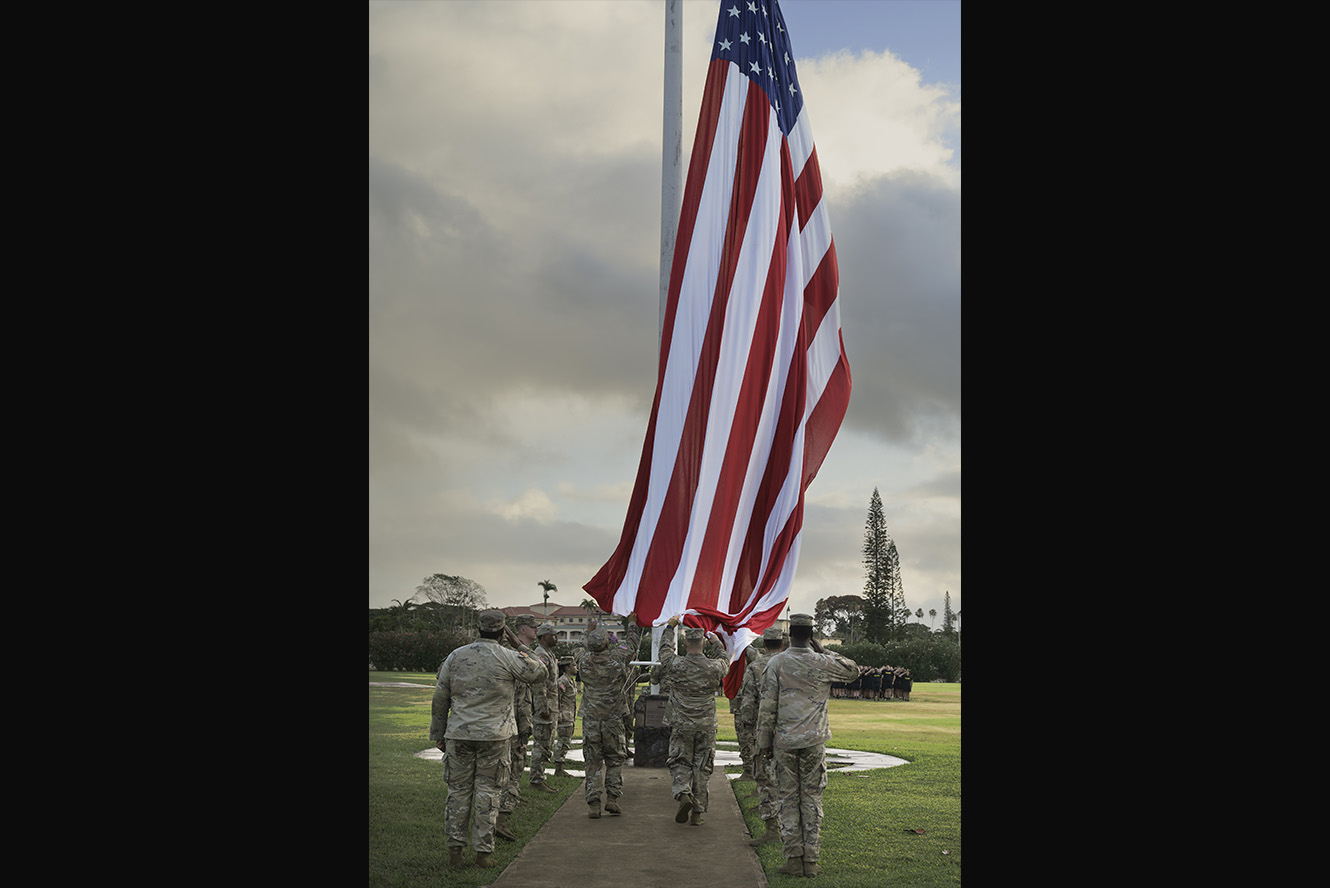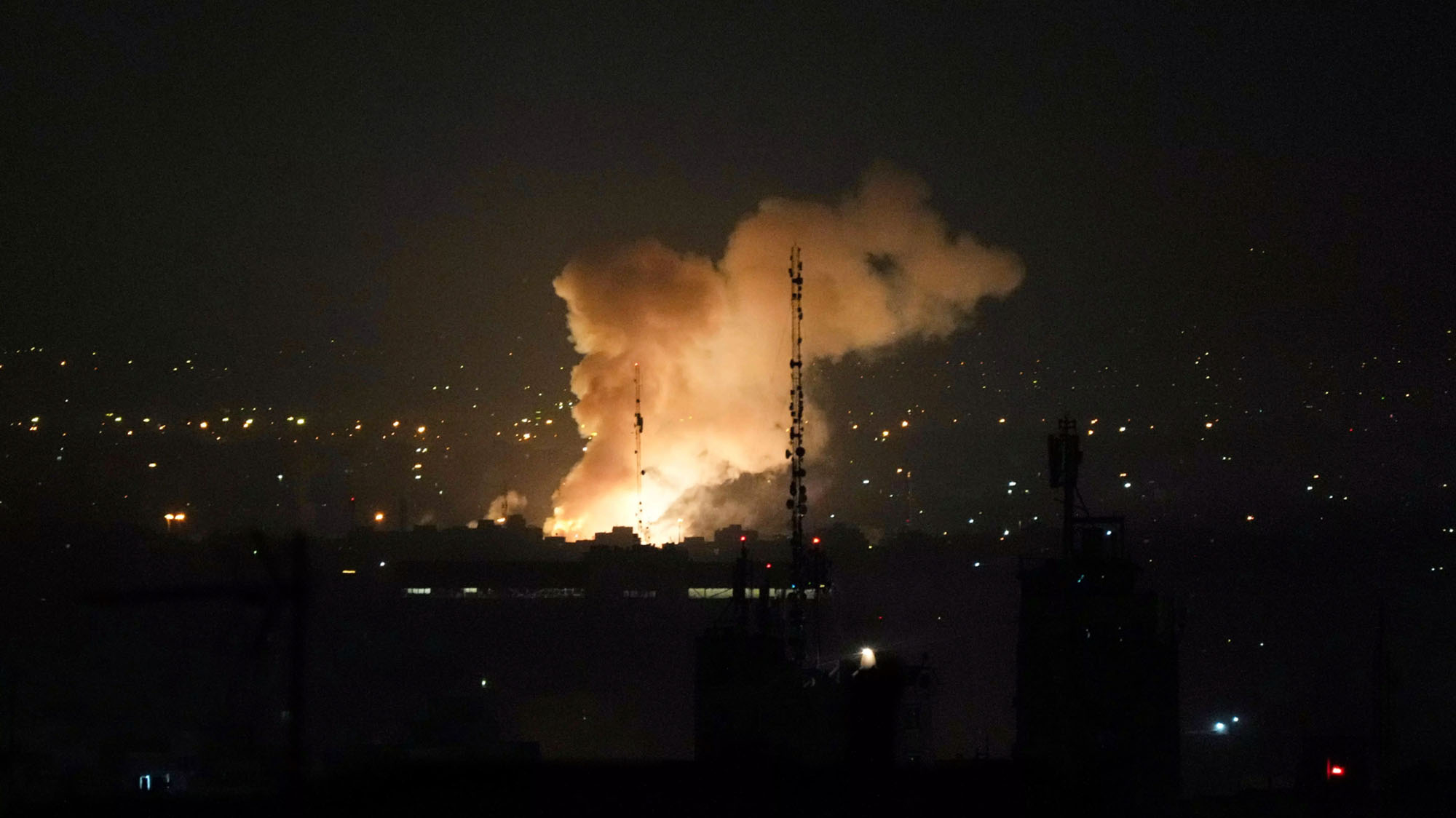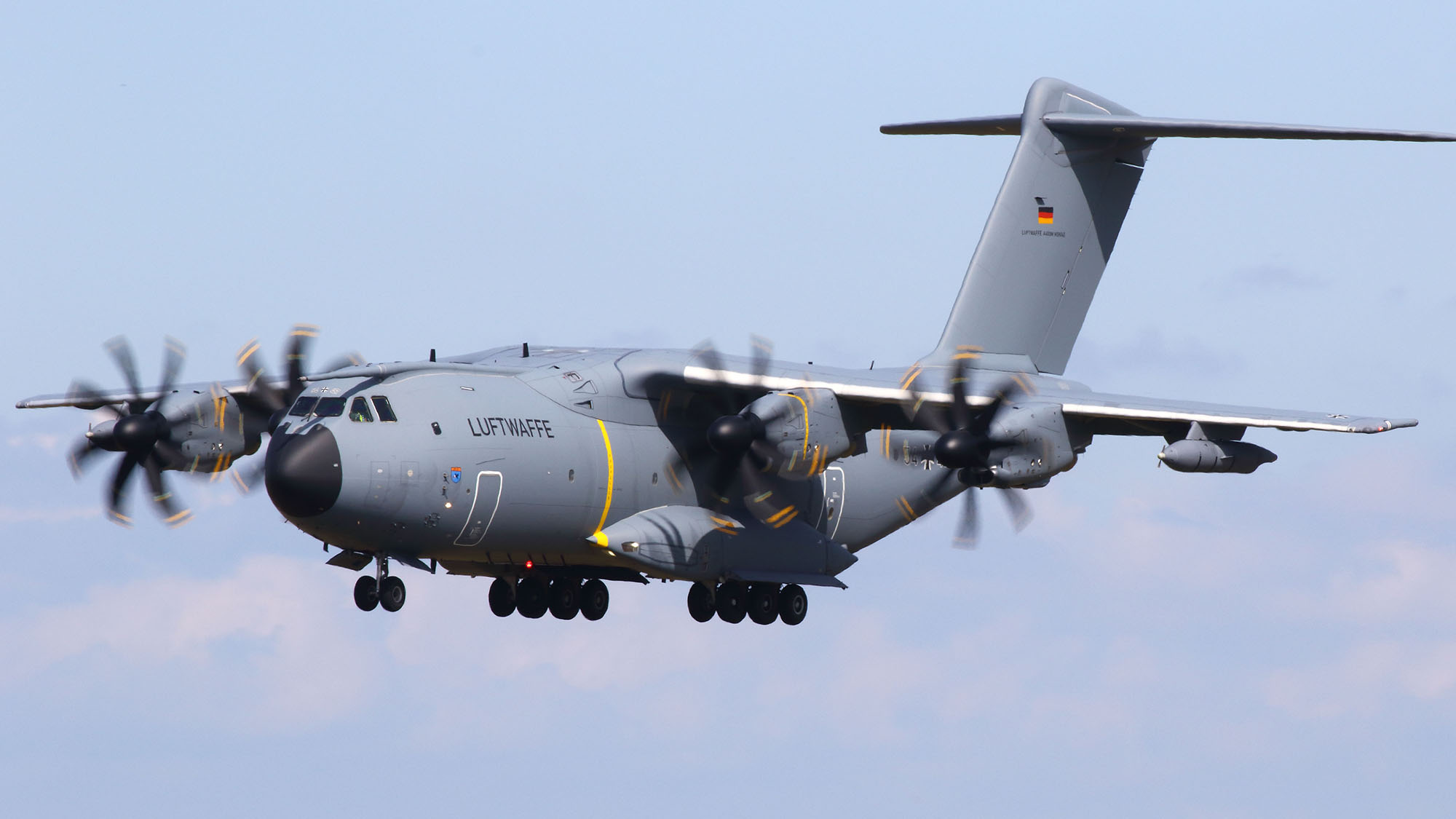Global siRNA screen identifies human host factors critical for SARS-CoV-2 replication and late stages of infection
by Xin Yin, Yuan Pu, Shuofeng Yuan, Lars Pache, Christopher Churas, Stuart Weston, Laura Riva, Lacy M. Simons, William J. Cisneros, Thomas Clausen, Grace Biddle, Simon Doss-Gollin, Meagan Deming, Paul D. De Jesus, Ha Na Kim, Daniel Fuentes, John M. Whitelock, Jeffrey D. Esko, Megan S. Lord, Ignacio Mena, Adolfo García-Sastre, Judd F. Hultquist, Matthew B. Frieman, Trey Ideker, Dexter Pratt, Laura Martin-Sancho, Sumit K. Chanda Defining the subset of cellular factors governing SARS-CoV-2 replication can provide critical insights into viral pathogenesis and identify targets for host-directed antiviral therapies. While a number of genetic screens have previously reported SARS-CoV-2 host dependency factors, most of these approaches relied on utilizing pooled genome-scale CRISPR libraries, which are biased toward the discovery of host proteins impacting early stages of viral replication. To identify host factors involved throughout the SARS-CoV-2 infectious cycle, we conducted an arrayed genome-scale siRNA screen. Resulting data were integrated with published functional screens and proteomics data to reveal (i) common pathways that were identified in all OMICs datasets—including regulation of Wnt signaling and gap junctions, (ii) pathways uniquely identified in this screen—including NADH oxidation, or (iii) pathways supported by this screen and proteomics data but not published functional screens—including arachionate production and MAPK signaling. The identified proviral host factors were mapped into the SARS-CoV-2 infectious cycle, including 32 proteins that were determined to impact viral replication and 27 impacting late stages of infection, respectively. Additionally, a subset of proteins was tested across other coronaviruses revealing a subset of proviral factors that were conserved across pandemic SARS-CoV-2, epidemic SARS-CoV-1 and MERS-CoV, and the seasonal coronavirus OC43-CoV. Further studies illuminated a role for the heparan sulfate proteoglycan perlecan in SARS-CoV-2 viral entry and found that inhibition of the non-canonical NF-kB pathway through targeting of BIRC2 restricts SARS-CoV-2 replication both in vitro and in vivo. These studies provide critical insight into the landscape of virus–host interactions driving SARS-CoV-2 replication as well as valuable targets for host-directed antivirals.
by Xin Yin, Yuan Pu, Shuofeng Yuan, Lars Pache, Christopher Churas, Stuart Weston, Laura Riva, Lacy M. Simons, William J. Cisneros, Thomas Clausen, Grace Biddle, Simon Doss-Gollin, Meagan Deming, Paul D. De Jesus, Ha Na Kim, Daniel Fuentes, John M. Whitelock, Jeffrey D. Esko, Megan S. Lord, Ignacio Mena, Adolfo García-Sastre, Judd F. Hultquist, Matthew B. Frieman, Trey Ideker, Dexter Pratt, Laura Martin-Sancho, Sumit K. Chanda Defining the subset of cellular factors governing SARS-CoV-2 replication can provide critical insights into viral pathogenesis and identify targets for host-directed antiviral therapies. While a number of genetic screens have previously reported SARS-CoV-2 host dependency factors, most of these approaches relied on utilizing pooled genome-scale CRISPR libraries, which are biased toward the discovery of host proteins impacting early stages of viral replication. To identify host factors involved throughout the SARS-CoV-2 infectious cycle, we conducted an arrayed genome-scale siRNA screen. Resulting data were integrated with published functional screens and proteomics data to reveal (i) common pathways that were identified in all OMICs datasets—including regulation of Wnt signaling and gap junctions, (ii) pathways uniquely identified in this screen—including NADH oxidation, or (iii) pathways supported by this screen and proteomics data but not published functional screens—including arachionate production and MAPK signaling. The identified proviral host factors were mapped into the SARS-CoV-2 infectious cycle, including 32 proteins that were determined to impact viral replication and 27 impacting late stages of infection, respectively. Additionally, a subset of proteins was tested across other coronaviruses revealing a subset of proviral factors that were conserved across pandemic SARS-CoV-2, epidemic SARS-CoV-1 and MERS-CoV, and the seasonal coronavirus OC43-CoV. Further studies illuminated a role for the heparan sulfate proteoglycan perlecan in SARS-CoV-2 viral entry and found that inhibition of the non-canonical NF-kB pathway through targeting of BIRC2 restricts SARS-CoV-2 replication both in vitro and in vivo. These studies provide critical insight into the landscape of virus–host interactions driving SARS-CoV-2 replication as well as valuable targets for host-directed antivirals.















































































































































